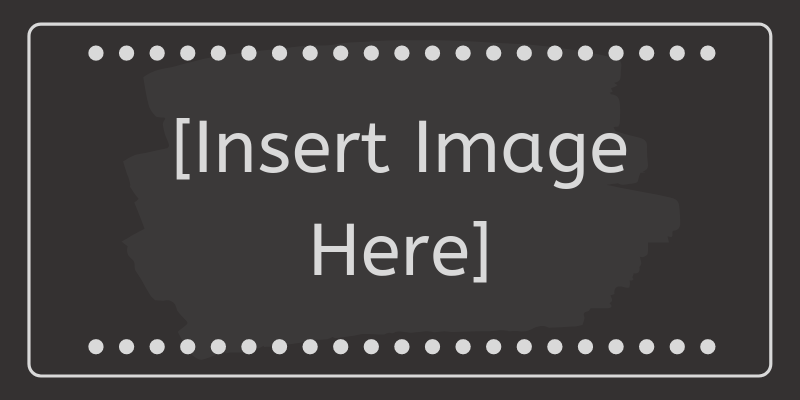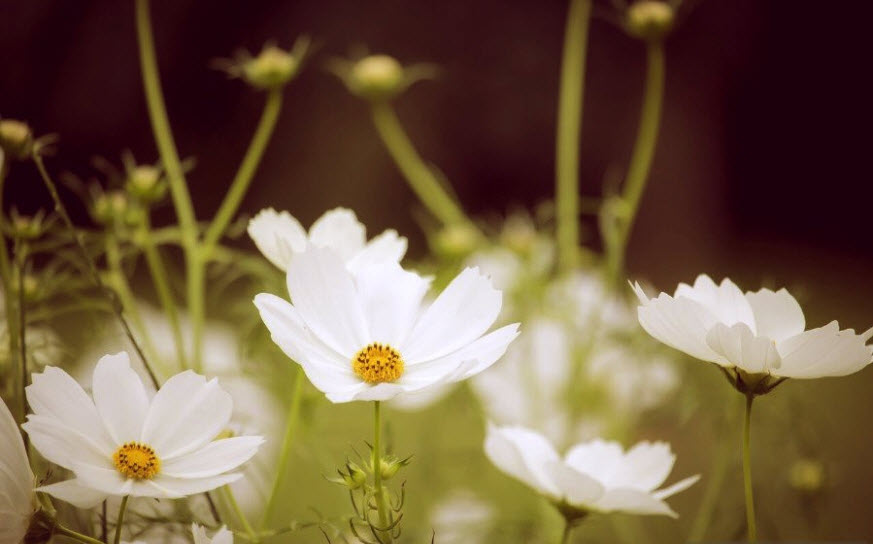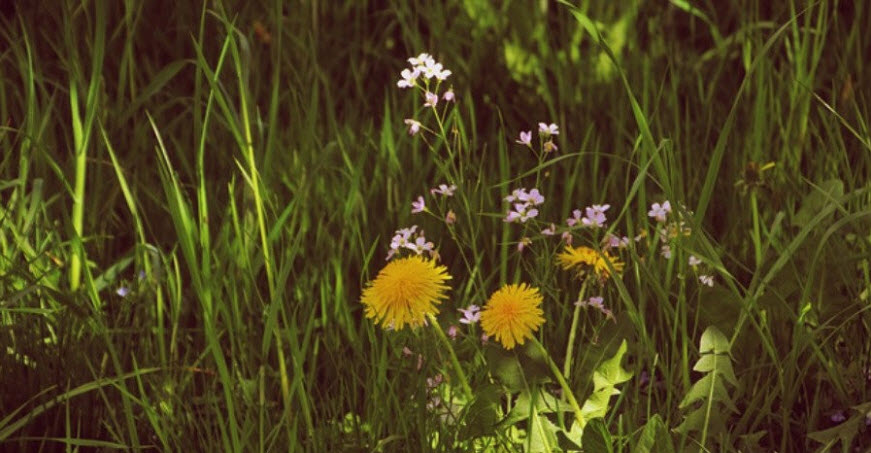Fill out our form, and we'll connect with you within 1 to 2 business days.
Phone: (925) 989-7737

People don’t usually notice the amount of graphics a website has until they’re asked to submit some images for their own. Good use of images is important for harmonious web design and helps give a better impression to the visitors. You can’t use just any picture either. Low resolution and oddly shaped pictures will give the feeling of an unkempt website, and in return speaks for the business it is advertising. Sometimes it’s hard to find the right images and custom images can be very expensive.
Here are some tips on making and selecting images that show professionalism and help with company branding.
Getting the highest resolution and size for an image to start is recommended. You can always compress the picture and resize it down, but its a lot harder to increase the resolution of a small, low-quality image.
A good example is just looking out into the web to see all the sites that can help you optimize your images for the web. Tinyjpg, Iloveimg are some examples and many are free! Making smaller images larger require some paid software. There are many ways to optimize an image for web use, but the best way to start is to start big.
If taking pictures isn’t your thing, there are many sites online that offer stock photos for commercial use.
There are a lot of file extensions out there for images and it can get confusing which to save your pictures as. The simplest answer is your photographs should be saved and uploaded as JPGs. They may come out a bit compressed, but a little color loss is negligible compared to the loss of time a large photo puts on a website.
If you have to, save your graphics in PNG format. This can include images such as your logo, or big graphics that are a single color or need crisp lines when zoomed onto.
If your image is 10x larger than the little space it will take up on your page, resize it! Image compressing can only do so much for reducing the number of bytes it takes up on your computer. Resizing the images will help reduce the load it takes to bring the image up on the site.
Choosing good images for your website means they should have a consistent tone to them. If your images convey a certain feeling, like warmth and brightness, you wouldn’t include a dimly lit picture. Images can feel out of place when they don’t give the same aura. One way to match the tone with other images is to give each one a filter that will help keep the images looking coherent.

Filter for coherency

Give your pictures a matching tone!
It can be hard to manage what makes a good photo or getting down to even taking it. But that’s why 360 Web Designs is is here to give you the information you need to succeed in creating a good website! We build websites as well as offer ways to model your brand. Contact us if you have any questions! Or check out our other blog posts for more tips and tricks.